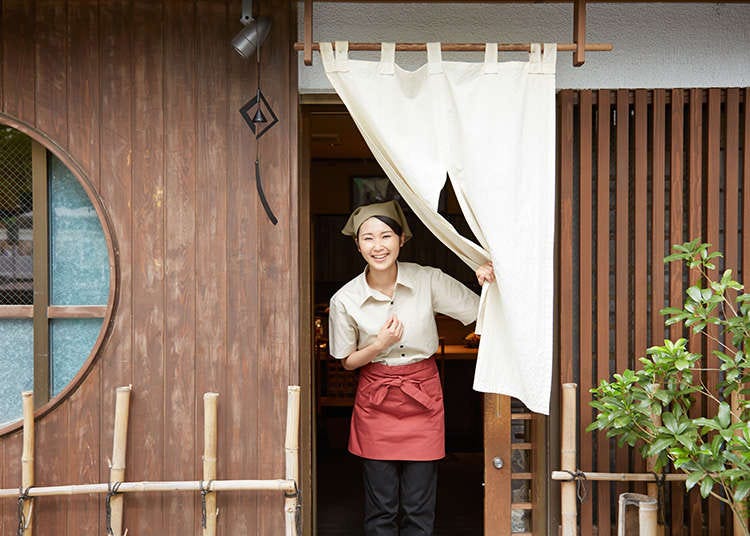
How do we order dishes and when do we pay the bill at Japanese restaurants? Here we introduce the whole flow of events from the initial reservation to the order to the final payment.
Do we need a reservation for restaurants?
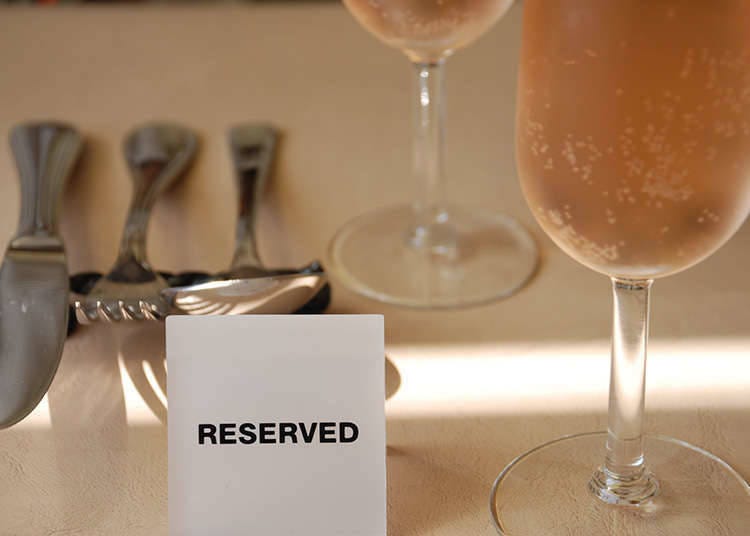
If you have some particular restaurants and foods that you would definitely like to experience during a stay in Japan, it is better to make a reservation if the restaurant accepts them. As long as the restaurant isn't too fancy, you can usually enter without a reservation, but you may need to make one if you order dishes with special ingredients. Also, if a restaurant has both tatami mat seating and chair seating options, you can select your seating preference as you make your reservation. In general, a reservation fee is not required, but you may need to decide on your meal when making a reservation.
How to make a reservation
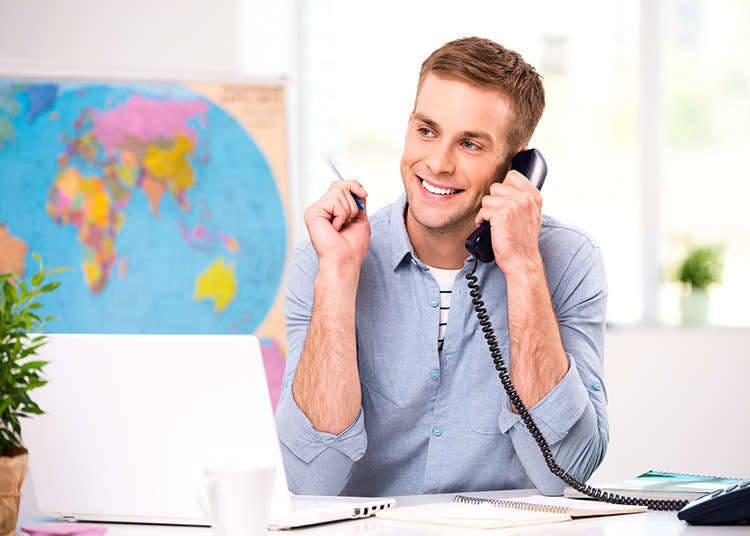
To make a reservation, you call your desired restaurant and tell the staff your requested date, time, desired number of persons, and name. The reservation method is pretty much the same as what you would find in other countries, but it is bad manners to cancel the reservation without prior notification. Casual dining restaurants like ramen shops and noodle stands might not take reservations. In that case, you just go to the shop on the planned day. If the shop is very popular, you may have to wait in line before entering the shop. If you are unsure, try asking for advice from the hotel front desk.
Order
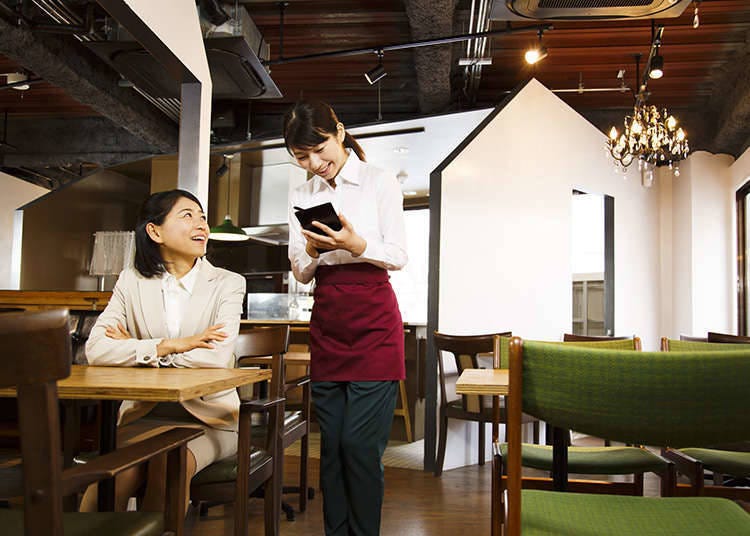
There are a few different ways to order, but in Japanese restaurants it is common for your order to be taken at your seat. After you enter the restaurant, the waiter will guide you to your seat and give you a menu that you use to decide what food you would like to eat. Then you call back the waiter to your seat to tell them your order.
Food ticket system
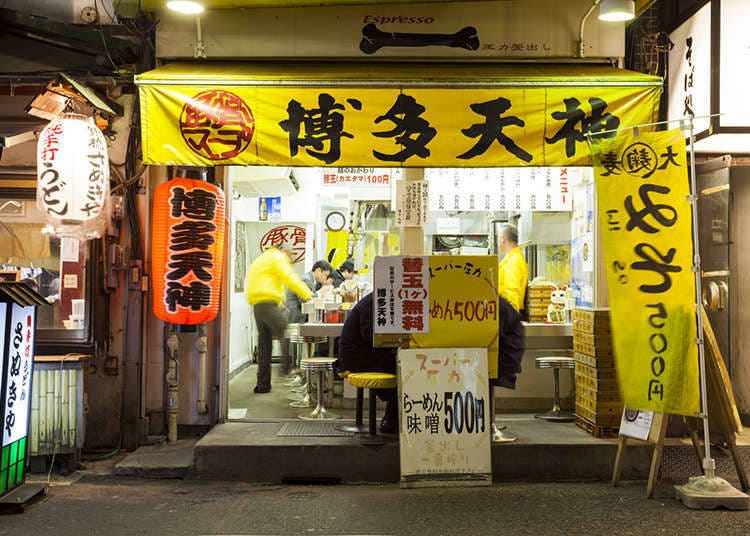
At certain restaurants like ramen shops, you sometimes pay in advance of your order. In shops with an advance payment system, you purchase a food ticket for the food you would like to eat instead of ordering dishes. In shops like this, you purchase the ticket for your desired meal from an automatic food ticket machine, take a seat, and pass the ticket to a staff member to complete the order. If they split the food ticket in half, you have to keep the remaining half of it. After you are served, the restaurant staff takes the remaining half of the ticket. To identify whether or not the shop has an advance payment system, please check whether or not there is an automatic food ticket machine near its entrance.
About water
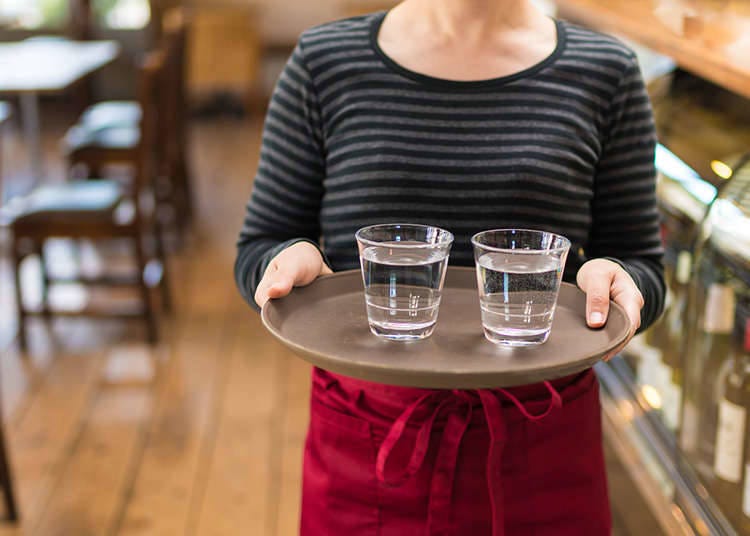
Water is provided free of charge in Japanese restaurants. When you are in a restaurant, a waiter usually brings water to you, but you may have to help yourself to water at some of the more casual shops. In Japanese food restaurants and sushi restaurants, green tea may be provided for free after your meal. Soft drinks and the like come with a charge.
Payment
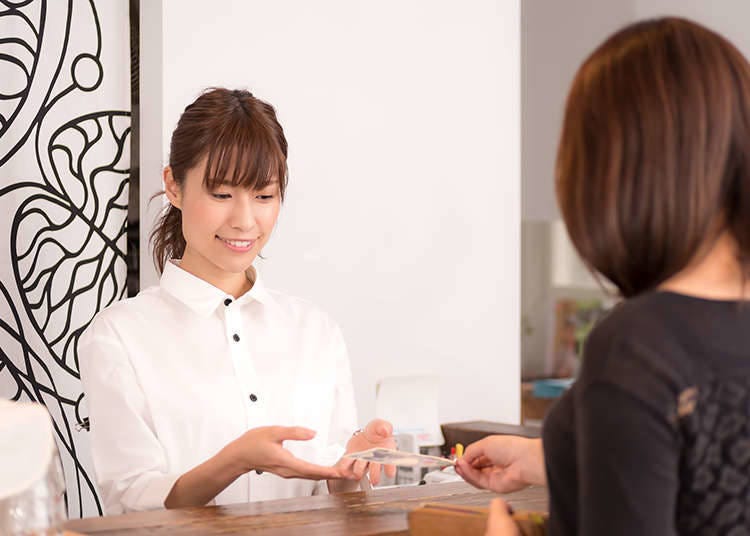
Except for restaurants with an advance payment system involving food tickets, you generically make your payment at the cash register in Japanese restaurants. When a waiter provides you with the last of your ordered dishes, he or she confirms that your order was correctly provided, and leaves the bill on the table. After the meal, you bring the bill to the cash register to make your payment. Also, you don't need to tip your waiter. In some fancy restaurants, you can settle the bill by calling the waiter to your table instead of going to the register. In places like French restaurants, you often follow the custom of the country and make payment at your seat if it's a casual restaurant.
Use of credit cards

You can use a credit card at most of the big chain restaurants. However, credit cards aren't quite as ubiquitous here as they are in Europe, so you may not be able to use them at small, privately managed restaurants. Some restaurants are credit card friendly, but may not allow their use during lunchtime. If you dine out at Japanese restaurants, we recommend that you bring Japanese money with you.
- Category
*Prices and options mentioned are subject to change.
*Unless stated otherwise, all prices include tax.
Popular Tours & Activitiess
Recommended places for you
-

New Seibu L00 Series Launching in 2026! What to See Along the Tokyo-Area Golden Route
by: Guest Contributor
-

Simply Oishii Wagashi School Discover Japanese Culture Through Wagashi: A Hands-On Experience!
by: Guest Contributor
-

A Travel Game Changer! Go Hands-Free Between Tokyo and Kyoto with LUGGAGE EXPRESS by JTB and JR Tokai
by: Guest Contributor
-

The Best Japanese Food Representing 2025! 'Dish of the Year®' Annual Award Results Announced
-

Strawberries, Style, and Tokyo’s Coolest Neighborhood: Winter Afternoon Tea in Kichijoji
by: Guest Contributor
-

Keisei × Keikyu 16-Temple Goshuin Tour: Discover Deeper Tokyo & Yokohama
by: Guest Contributor
-

20 Best Things to Do in Fukushima Prefecture (Sightseeing Attractions, Local Foods & Activities)
-

A Guide to Japanese Donburi: We Asked an Expert About the Basics and How to Enjoy this Traditional Dish!
by: Miyu Shimada
-

Ebi Fry (Japanese Fried Shrimp) Recipe: Perfect Harmony Of Crunchy Breading and Super Plump Shrimp (Video)
-

This Hidden Spot Has Held the Secret to Making Kyoto Tofu Taste Good For Over 300 Years
-

The Best of Japan: 11 Major Cities Every Traveler Should Visit
-

Italian Restaurants in Tokyo
- #best sushi japan
- #what to do in odaiba
- #what to bring to japan
- #new years in tokyo
- #best ramen japan
- #what to buy in ameyoko
- #japanese nail trends
- #things to do japan
- #onsen tattoo friendly tokyo
- #daiso
- #best coffee japan
- #best japanese soft drinks
- #best yakiniku japan
- #japanese fashion culture
- #japanese convenience store snacks


















